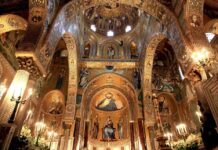The island of Mauritius is not a stranger to us Sri Lankans, not only because it is a beautiful small island with tropical climate and maritime influence like Sri Lanka. Like Sri Lanka, which was under the British crown in the 19th and 20th centuries, it is the place where many heroes like the Ehelepola High Court, who were arrested for fighting for Sri Lankan independence, breathed their last. Although it is famous as an island where the prisoners of South and South-East Asian countries, which were subject to the British crown, were exiled, Mauritius should not be focused only for that reason: because it has a lot of things that will make the tourist who likes to visit and experience natural places happy.
Location of the island of Mauritius
Mauritius is located in the southwest of the Indian Ocean, just north of the Tropic of Capricorn. Located about 855 km north of Madagascar and 3900 km southwest of India, it is located between 19° 58′ – 20° 34′ south latitude and 57° 16′ – 57° 49′ east longitude.
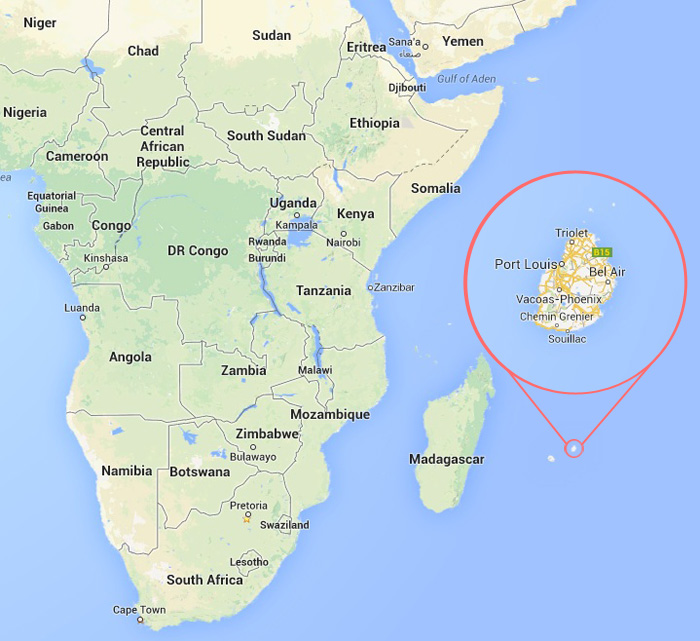
In addition to the main island, the territory under the control of Mauritius includes Rodrigues Island, which is about 600 km to the east, the two Agalega islands, which are about 1100 km to the north, and St. Brandon’s Reef, which is 395 km to the northeast. Mauritius is considered to be one of the Mascarene Islands, a group of islands belonging to an oceanic volcanic ring located in the Indian Ocean. The capital is Port Lewis and several other small towns can be seen throughout the island.
The island of Mauritius is a small island with a maximum length of 61 km and a maximum width of 46 km, covering an area of 1865 square kilometers. The central hilly area is about 600 meters high, and two-thirds of the coastline is protected by coral reefs. Piton de la Petite Rivière Noire, the highest point here, is at a height of 828 meters and there are many small rivers and streams flowing from the central mountains like in Sri Lanka.
History of Mauritius

The island of Mauritius has a long history. Arabs landed on this island in the 10th century AD and named it Dina Arobi or desert islands. There are evidences that later Malays also landed here.
The introduction of Mauritius to Western nations takes place in 1507 when a Portuguese sailor, Domingo Fernandez Pereira, landed on this island. They called this ‘Swan Island’ and used it as an intermediate port and food supply point for quite some time. By 1598 AD, the Dutch also came and they named it ‘Maurits’ or Mauritius. That name is still used today.
AD Until 1630, the Dutch used this island as a source of food and precious woods such as ebony, and in 1630, the Dutch settled here to prevent the French and English from taking it. The Dutch even built forts here and settled and brought domestic animals, but they left it in 1710 due to unfavorable environmental conditions such as severe drought.
By AD 1715, the French took possession of this island and after a long period of time, i.e. in 1810, the British forces fought with the French and conquered it. The British, who established a colonial rule here, used Mauritius Sri Lanka to deport political prisoners from countries like India, and for the timber industry. The island of Mauritius remained under the British Crown until independence on March 12, 1968.
Weather in Mauritius

Mauritius experiences a tropical, maritime climate throughout the year. Sometimes subtropical characteristics are also shown. There are mainly two seasons here, the humid summer from November to April and the dry, cold winter from June to September. May and October are considered as intermediate months.
The average temperature in summer months is 24.7 degrees Celsius and in winter 20.4 degrees Celsius. A total of 1344 mm of rain is received in summer and it decreases to 666 mm in winter.
Plants and animals
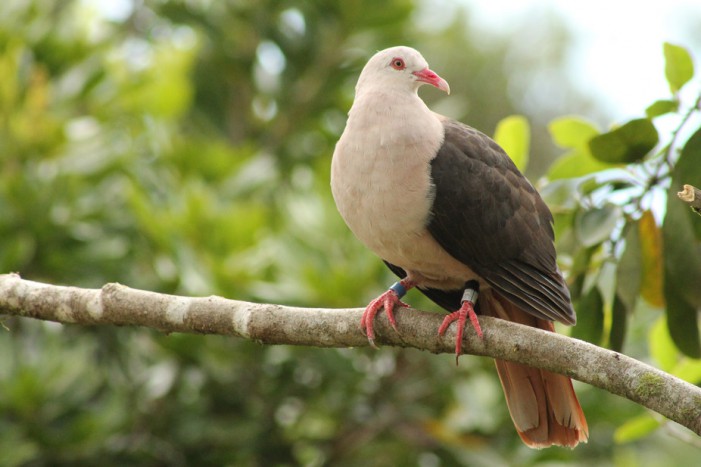
Like Sri Lanka, Mauritius is rich in forests, streams and waterfalls. As this is a small volcanic area and is far from the mainland, birds and reptiles are naturally found there. Evidence of the Dodo bird, which became extinct a few decades ago, has been found only in Mauritius. Mainly the bat as a mammal is found here as endemic animal species such as pink pigeon, Murusian parrot, The pic pic, and reptile species such as Round Island skink, sunan and hikanalun are found here.
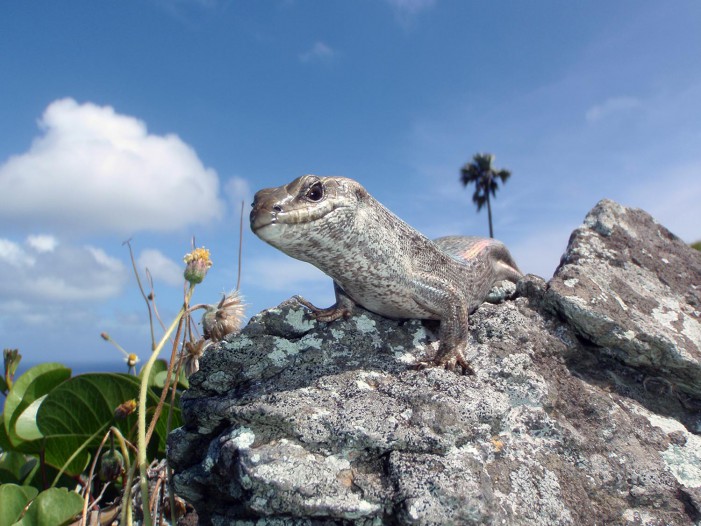
In the distant past, Mauritius was very rich in forests. Especially many Westerners were attracted to this island because of the black forest there. later
Most of the forests here were cleared and today only a few scattered reserve forests can be seen.

Being an island born from a volcanic source, the soil here is very fertile and many types of plants and flowers grow very well. There are about 700 species of endemic plants and about 60 types of orchids grow here. Boucle d’Oreille (Trochetia Boutoniana) is the national flower of this island, which has won a special name for the export of red anthurium.
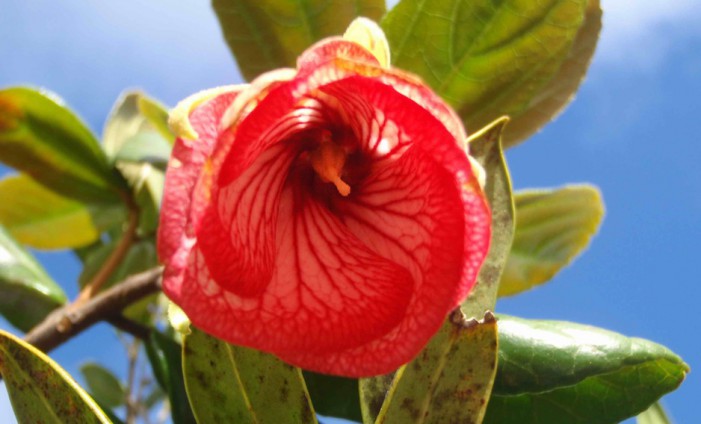
Coconuts grow well in the island of Mauritius and fruits also grow well. Mango, grape, leech, pineapple, avocado, lemon, guava, cherry, papaya are just a few. There are also jackfruit trees here.
Tourist places
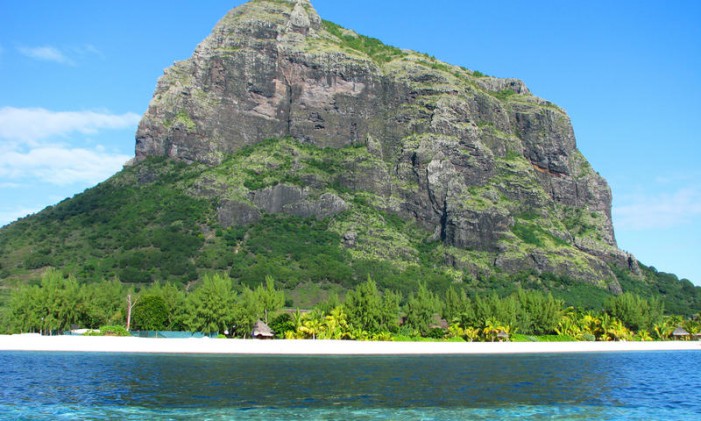
Even within a small area, Mauritius has a lot of places for a traveler to visit. Most of it comes naturally. Due to its natural beauty, many newlyweds choose to spend their honeymoon here, and the rich and famous also frequent this place for vacations.
La Morne is a place located on the south side of the island of Mauritius. A traveler can also climb the La Morne mountain here. In addition, a visit to the ‘Black River National Park’, which is spread over 6574 hectares in Central Mauritius, gives you the opportunity to see the unique flora and fauna of Mauritius, as well as waterfalls.
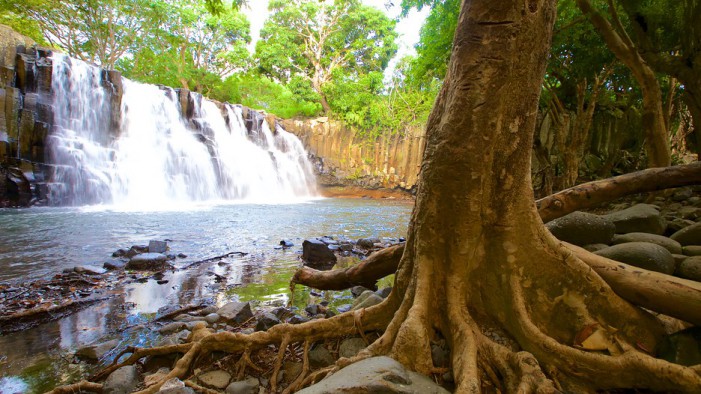
Shamarel is a small village located in Mauritius. But the natural beauty here is very rich. The 100 meter high Shamarel waterfall here is the highest waterfall in Mauritius. The place called ‘Sat Varna Earth’ here is another charm. This has been created by mixing different colored soils due to the activity of the mills on different occasions over a period of time.
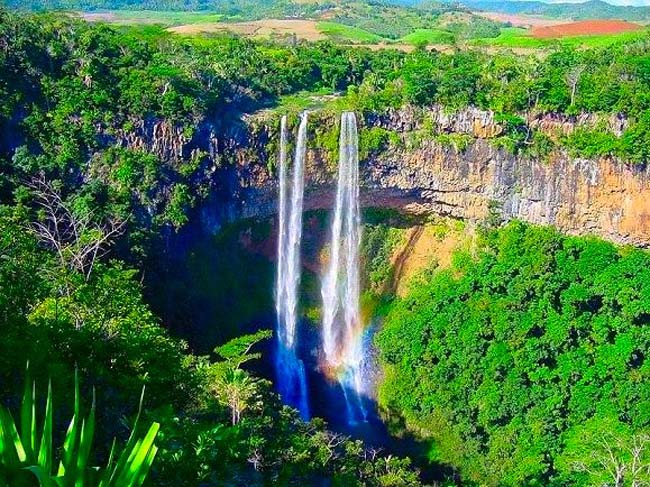
La Vaniye Crocodile Park is another tourist haven. Apart from crocodiles, animals like bats, tortoises can be seen here and the insect garden here has a collection of animals like colorful butterflies. Pamplemousses Botanical Garden is spread over 60 acres and here too you can see different species of flora and fauna.

AD The Château de Labourdonnais mansion and garden, built in 1859, is another place that has attracted the attention of tourists. A visitor can see the 19th century colonial architecture, fields, etc. A visitor can enjoy local food and delicious rum produced in Mauritius.
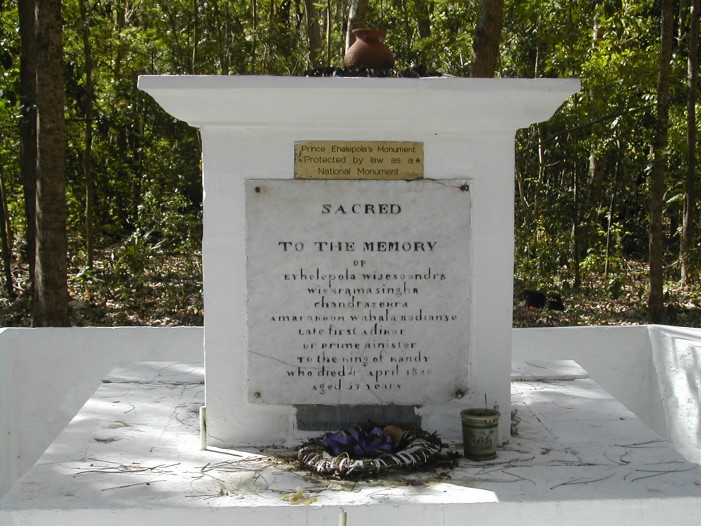
The island of Ile Aux Cerfs with its sandy beach, La roche qui pleure beach and the Shiva temple in the Grand Basin are must-see places for a tourist to Mauritius. Horse racing enthusiasts don’t forget to visit the Champ de Mars racetrack in Port Louis on weekends.
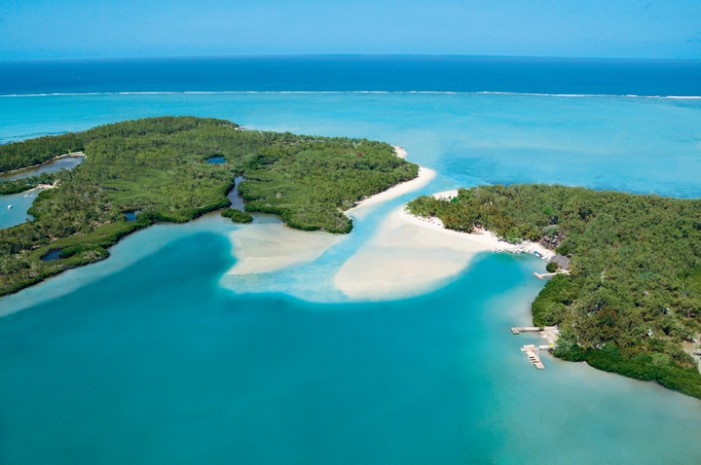
Sri Lankans who visit here must visit a certain tomb located in the forest of St. Andre. This is the tomb of Ehelepola Nilame, not anyone else.
Tomb of Ehalepola Nilame in St. Andre Forest (thuppahi.wordpress.com/Raja Bandaranayake)
So make an effort to visit Mauritius someday. If there are any of our readers who have been there, don’t forget to share more details through comments.



